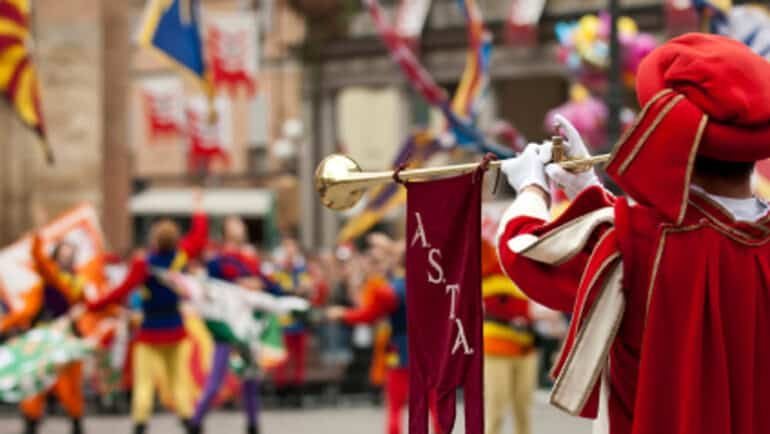Carnevale in Florence
February is marked with an event appreciated by both children and adults: the Carnival. Since we will not be able to celebrate it this year, it’s the perfect time to learn about the origin of the Carnival of Florence. Where do the traditional parade and masks come from? With the story of the Florence’s Carnival, you will discover the answers to these questions.
The origins of the Carnival of Florence go back to the 15th century, era of the Medici’s government of the city.
At this that time the traditional carnival floats appeared. In the beginning the floats were only wood and jute constructions built a few days before the the celebrations of Lent,where nobles and the lower classes wandered in the streets wearing masks and playing music.
Through time, the traditions of the carnival were always more numerous. In the 16th century, when the Lorena family was in charge of Tuscany, along with the traditional parades of floats celebrations new events appeared like the float race, all-night parties and balls in theaters (Pergola theater in Florence, where opera and comedies were organized, was the first to host such events). At that time, one of the most famous tradition of the carnival was created: wearing masks. In Florence, people used to wear masks and gathered in Santa Croce square (which is still one of the main spots of the Florence’s Carnival) from the afternoon until they joined a ball hosted in one of the sumptuous noble’s or foreign diplomat’s private property in the city.
If you already have participated to the Carnival of Florence, the name of Stenterello might ring a bell to you. This typical Florentine character is a happy smuggler that was born at the end of the 18th century. He was born in the Cocomero theater when the actor Luigi del Buono interpreted him for the first time. This extremely thin, pale, ironic and poor character always seems to avoid trouble while still criticizing the authority, represents the Florentine people of the time. His costume is full of meaning: the number 28 on his yellow jacket is associated to those whose wife cheats on them and the inscription “posa piano” (literally “softly laying”) refers to his quiet personality and smartness to be able to avoid any kind of trouble. The colorful high-knee socks and his special taste for wine make up the essential parts of this character. Today, Stenterello is still one of the most expected masks of the Carnival’s parade in Florence.
During the 19th and 20th centuries, the public balls were organized at the Mercato Nuovo (right next to the Porcellino fountain) and at the Loggia dei Lanzi, in front of the Palazzo Vecchio.
Finally, at the end of the 19th century, in 1886 and 1888, Florence won the award for the most spectacular Carnival of the country. Artists and craftsman from the entire country fill the city, for this occasion.
The traditions which started during the 15th century continue to shape Florence’s Carnival today. Since its creation, the Carnival is a fun, happy gathering where the whole society is invited to join. The watchwords of this day are: fun, joy, music, shows and incredible costumes!
The Calendar of Carnival 2022
- Fat Thursday, 24 February 2022
- Fat Friday, 25 February 2022
- Carnival Sunday: 27 February 2022
- Mardi Gras: 1 March 2022
- Easter: 17 April 2022








